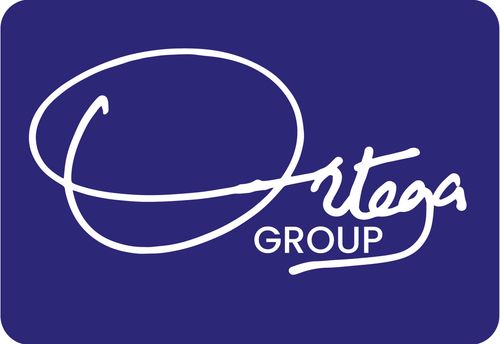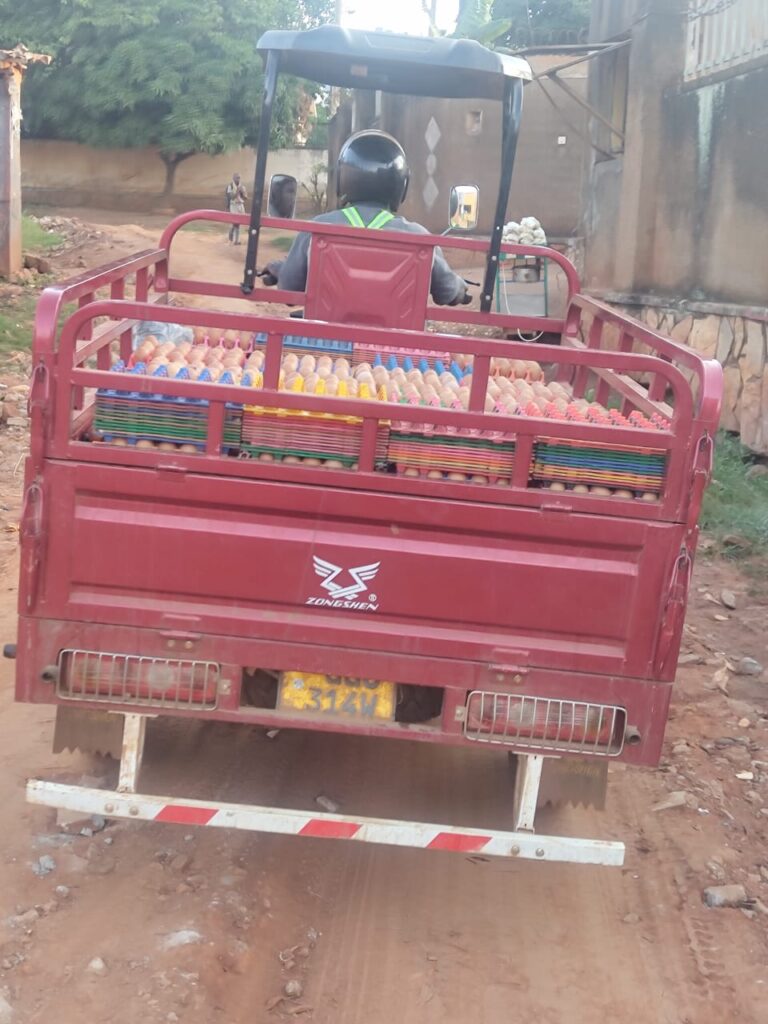Operations is the pulse of any organization, it’s the heartbeat, it’s the place where it’s never calm. Finance people will talk about end of month reporting, marketing and salespeople will talk of their ambitious targets, but for Operations, the day they rest is the day the organization collapses. Operations Management is about that life, that tension, all those details, that just come together to create magic in form of a good or service. It’s the transformation of raw materials in form of inputs into outputs, in a way that’s effective and efficient, at the right price point, at the right quality, in the right time.
Operations is what saves the day. Operations is what gets your meal on time in that restaurant. Operations is the reason your plane is never delayed, and it’s well maintained. When Operations breakdown, the customer will always feel it. You will feel that surgery gone bad, that stock out in your favourite supermarket. Operations is the blood, sweat and tears, it’s the place that never takes a day off. Think of operations as the behind-the-scenes, the back end, for most of the magic won’t be seen by the consumer.
When you buy a meal at Sweetly Defined in Naalya, order some Katogo on Glovo, book an air ticket with Uganda Airlines, that’s all Operations making it possible.
Production Management versus Operations Management versus Supply Chain
Production is about the creation of goods and services. Operations Management can be thought of the creation of value through the transformation process of inputs to outputs, through a set of activities. Thus, Operations Management is more than mere production, it involves decisions about activities before, during and after production. Supply chain on the other hand is the link of all activities right from sourcing down to retailer that are involved in the creation of goods and services. For example, the supply chain of a brewery will include the farmers who plant the barley, the malting companies that roast the barley into malt, those who supply the glass bottles.
An organization comprises three core functions:
- Finance/Accounting
- Marketing and Sales
- Operations and Production
Marketing will generate the demand, sales will translate the demand into money, Finance will price, fund, and report about the sales, while operations is what ensures that there is something to market and sell in the first place.
Think about the last time you arrived at Entebbe Airport aboard a Uganda Airlines plane. Some of the Ground operations involved include the team that made it possible to link the passenger boarding bridge. Think about the cargo and baggage unloading operations. What if the cargo dollies did malfunction? What if you arrived and there was no baggage cart to transfer your baggage to the conveyor belt? All these elements function smoothly thanks to operations.
As competition becomes cutthroat, operations management presents an opportunity for productivity savings in different organizations.
The Decisions to be Made by Every Operations Manager
At the end of the day, the difference between a good and great Operations manager comes down to the ability to make these 10 decisions:
- How to design the goods and services?
- How to manage quality?
- What strategy to pursue regarding process and capacity?
- What will be the location strategy?
- What will be the layout strategy?
- How to organize the human resources and do job design?
- How to manage the supply chain?
- How to manage the inventory?
- How to schedule operations?
- What maintenance strategy to pursue?
Ultimately, the job of the operations manager is design and management of goods and services. In an era where companies compete based on their supply chains, the role of the operations manager is more than critical and a key determinant of business success.
Productivity Challenge
And every Operations Manager in Uganda has to grapple with one question every single minute: how to crack the productivity challenge. Productivity is defined as the function of outputs versus inputs. How do you increase output while reducing inputs? The major inputs include labor, capital and management, while outputs include the goods and services. The puzzle is how to work out an efficient and effective means of transformation of these inputs into outputs. And how do you achieve productivity gains without compromising quality? Without compromising quality of life of the employees?
For improvements in labor productivity, we think of the health and skills of the workforce, for capital, we think of better return on capital employed, getting capital at the best interest rates. However, the biggest gains in productivity can only come from management. It’s management that makes the final decision about the combination of these inputs, about the transformation process.

